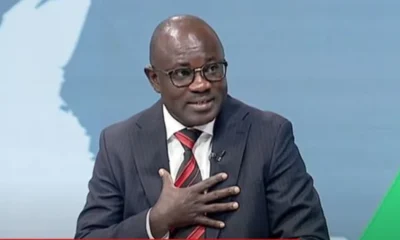Judge Alito dismissed that idea as “squarely foreclosed by our precedents” — citing a 1974 case about whether pregnancies must be covered by a state-run temporary employment disability insurance program and a 1993 case about anti-abortion protesters, and swiftly moving on.
The Roberts court era began in 2005, when Chief Justice Rehnquist died and President George W. Bush appointed John G. Roberts Jr. as his successor.
Understand the State of Roe v. Wade
Card 1 of 4
What is Roe v. Wade? Roe v. Wade is a landmark Supreme court decision that legalized abortion across the United States. The 7-2 ruling was announced on Jan. 22, 1973. Justice Harry A. Blackmun, a modest Midwestern Republican and a defender of the right to abortion, wrote the majority opinion.
What was the case about? The ruling struck down laws in many states that had barred abortion, declaring that they could not ban the procedure before the point at which a fetus can survive outside the womb. That point, known as fetal viability, was around 28 weeks when Roe was decided. Today, most experts estimate it to be about 23 or 24 weeks.
What else did the case do? Roe v. Wade created a framework to govern abortion regulation based on the trimesters of pregnancy. In the first trimester, it allowed almost no regulations. In the second, it allowed regulations to protect women’s health. In the third, it allowed states to ban abortions so long as exceptions were made to protect the life and health of the mother. In 1992, the court tossed that framework, while affirming Roe’s essential holding.
What would happen if Roe were overturned? Individual states would be able to decide whether and when abortions would be legal. The practice would likely be banned or restricted heavily in about half of them, but many would continue to allow it. Thirteen states have so-called trigger laws, which would immediately make abortion illegal if Roe were overturned.
Later that year, Mr. Bush nominated his White House lawyer, Harriet Miers, to fill the vacancy created by the retirement of Justice Sandra Day O’Connor. But conservatives balked because she had no paper trail showing engagement with their ideology. Mr. Bush pulled her nomination and put forward Mr. Alito instead, beginning a rightward shift.
Overall, the Roberts court has not been unusually prone to overturning precedents, according to data compiled by Adam Feldman, a Supreme Court scholar and creator of the Empirical SCOTUS blog.
From 2005 through last term, the Roberts court has overturned precedents in about 1.47 cases per term, the fewest of any chief justice since World War II, Mr. Feldman’s data showed. Measured another way, the court has overturned precedents in 2.27 percent of the cases it has heard, a slightly lower rate than predecessors dating back to the Warren Court of the 1950s and 1960s.
But in recent years, the makeup of the court has changed drastically. Mr. Trump replaced a moderate conservative justice, Anthony Kennedy, and a liberal one, Ruth Bader Ginsburg, with justices who are considered much likelier to vote in a consistently conservative direction, Brett Kavanaugh and Amy Coney Barrett.
Along with Justice Alito, Neil M. Gorsuch, and Clarence Thomas, there is now a conservative supermajority on the court. And its ideologically median justice — who in close cases determines the majority — has moved from Justice Kennedy or Chief Justice Roberts to Justice Kavanaugh or Justice Barrett, legal scholars say, making it much likelier to issue conservative rulings.

 General News1 week ago
General News1 week ago
 General News4 days ago
General News4 days ago
 Politics4 days ago
Politics4 days ago
 General News2 days ago
General News2 days ago





